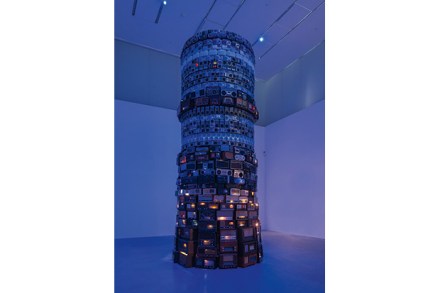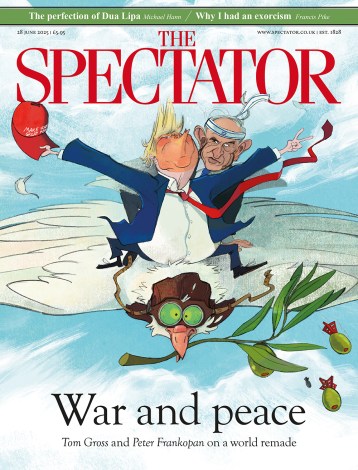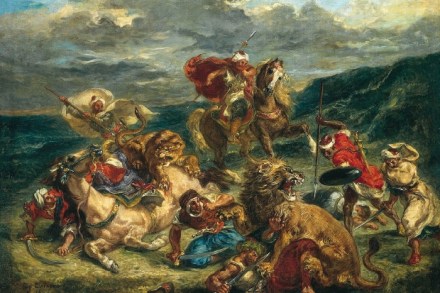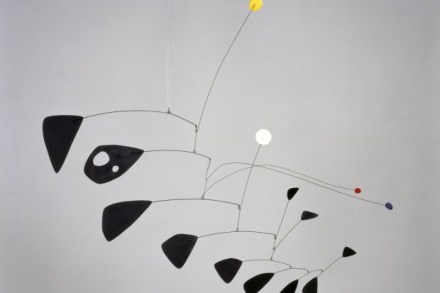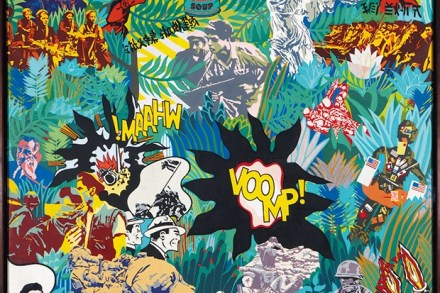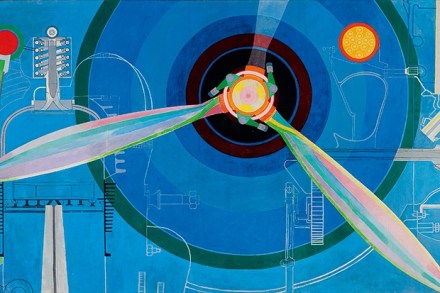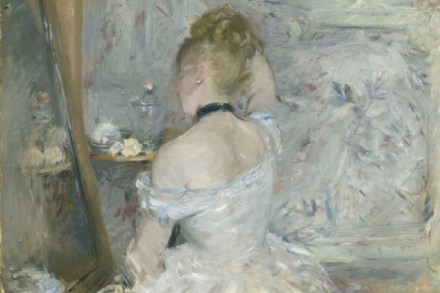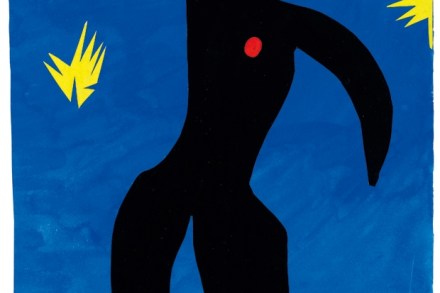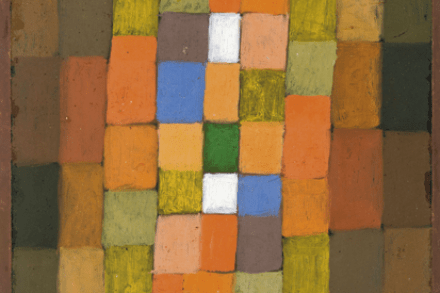Split decision
In 1992 I wrote a column that was published under the headline ‘It’s Time to Split the Tate’. To my absolute astonishment, shortly afterwards it was announced that this would actually happen (no doubt a coincidence rather than a response to my words). Hitherto, though it is hard now to recall those times, there had been just a single Tate gallery in London — the one on Millbank, containing a cheerful jumble of British painting from the Tudor era onwards mixed with what was then described as modern ‘foreign’ art. Eventually, Tate Modern opened and became one of the most prominent features on the cultural landscape, not only of London
